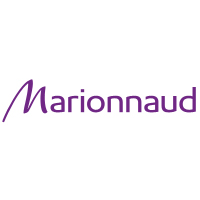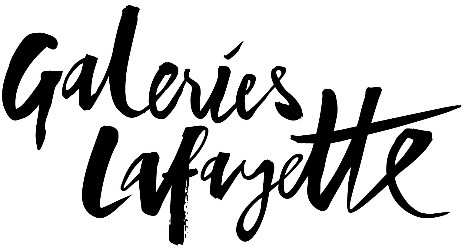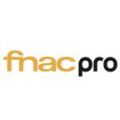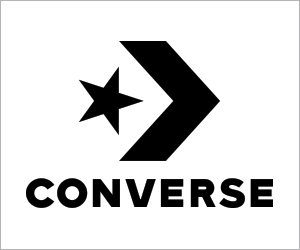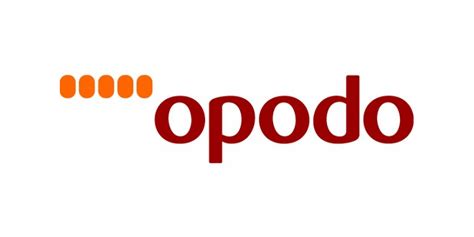What Is Flexible Budgeting? Tips & Example
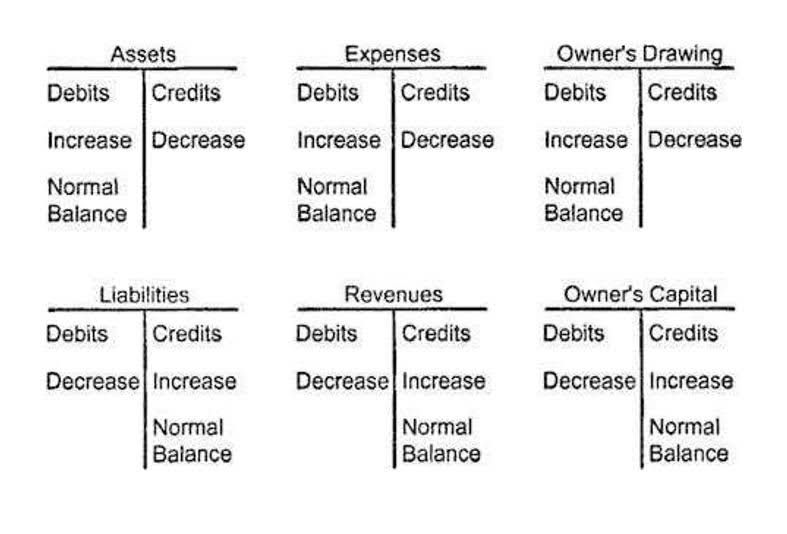
If you have a fixed budget, you want to have an emergency savings account or — at the very least — a low-interest credit card. This can help you cover emergency expenses such as unforeseen car or home repairs. A flexible budget will show the variance in both revenue and spending. Variable costs are usually shown in the budget as either a percentage of total revenue or a constant rate per unit produced. If you don’t want to spend hours tracking and forecasting your budget in spreadsheets, check out our financial modeling tool.
Boosts Budgeting Efficiency
For the past 52 years, Harold Averkamp (CPA, MBA) has worked as an accounting supervisor, manager, consultant, university instructor, and innovator in teaching accounting online. Ambitious finance leaders engage with Prophix to drive progress and do their best work. While flexibility is great, sometimes something unexpected happens that invalidates all the work you did before.
Why your budgeting isn’t working: top budgeting problems and solutions
This approach varies from the more common static budget, which contains nothing but fixed expense amounts that do not vary with actual revenue levels. Let’s assume a company determines that its cost of electricity and supplies will vary by approximately $10 for each machine hour (MH) used. It also knows that other costs are fixed costs of approximately $40,000 per month. Typically, the machine hours are between 4,000 and 7,000 hours per month.
I’m an Accountant: 4 Ways a Trump Presidency Could Help Middle Class Taxpayers
These budgets are different in different levels of activities, which facilitate the ascertainment of fixation of cost, selling prices, and tendering of quotations. Mosaic eliminates silos by connecting to your ERP, CRM, HR system, and billing systems to centralize financial data from across departments. You can access automated customer, account, and department mapping flexible budget meaning to ensure your variance reports can get to the most granular level with just a few clicks. Now that you’ve mapped your numerous scenarios, it’s time to assign some budget numbers and parameters. This is more of an art than a science, but you should begin by prioritizing via a conservative budget and then layering on more convenient or superfluous expenses.
- While it’s great to have an ideal, static budget, the flexible budget is truer to how companies and budget owners actually assess their finances.
- Recent years have illuminated how unpredictable the marketplace can be — making it increasingly challenging to create accurate budgets and execute an effective budget analysis on a recurring basis.
- More often than not, our budgets should be just as flexible as we are.
- It also looked at the effect a change in price would have if the number of units remained the same.
- The result is that a flexible budget yields a budgeted cost of goods sold of $3.7 million at a $9 million revenue level, rather than the $4 million that would be listed in a static budget.
- The Finmark Blog is here to educate founders on key financial metrics, startup best practices, and everything else to give you the confidence to drive your business forward.
- The reporting of the energy per unit of output has sometimes been in error and can mislead management into making changes that may or may not help the company.
Disadvantages of Flexible Budgeting

You can incorporate variable and fixed costs into the budget as set numbers, creating a different column for variance. On the other hand, you could use percentages to stand in for the amount of the budgeted variable costs. Another way is to have columns indicating the variable costs for separate benchmarks, such as the total amount of income. Then, list totals for variable, fixed, and overhead costs to ascertain the budget. Over time, though, your actual production, sales, and revenue will change.

This flexibility allows management to estimate what the budgeted numbers would look like at various levels of sales. A flexible budget allows for cost estimates at various activity https://www.bookstime.com/ levels. You should know that before preparing a budget, you should classify the expenses into separate categories of variable costs, semi-variable costs, and fixed costs.
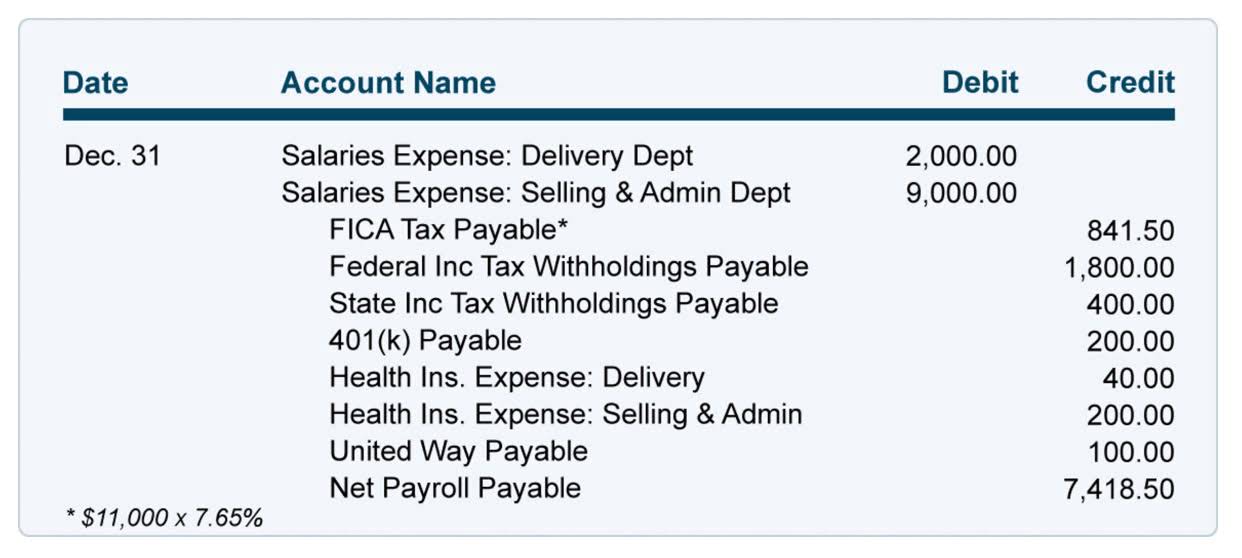
A static budget is useful for providing a baseline for planning and evaluating performance, but it may not be as accurate as a flexible budget, especially in today’s business environment. Across the landscape of financial planning and management, businesses often encounter fluctuations in their financial and operations variables. A key tool can come into play to help navigate these uncertainties and make better informed decisions – the flexible budget.



































